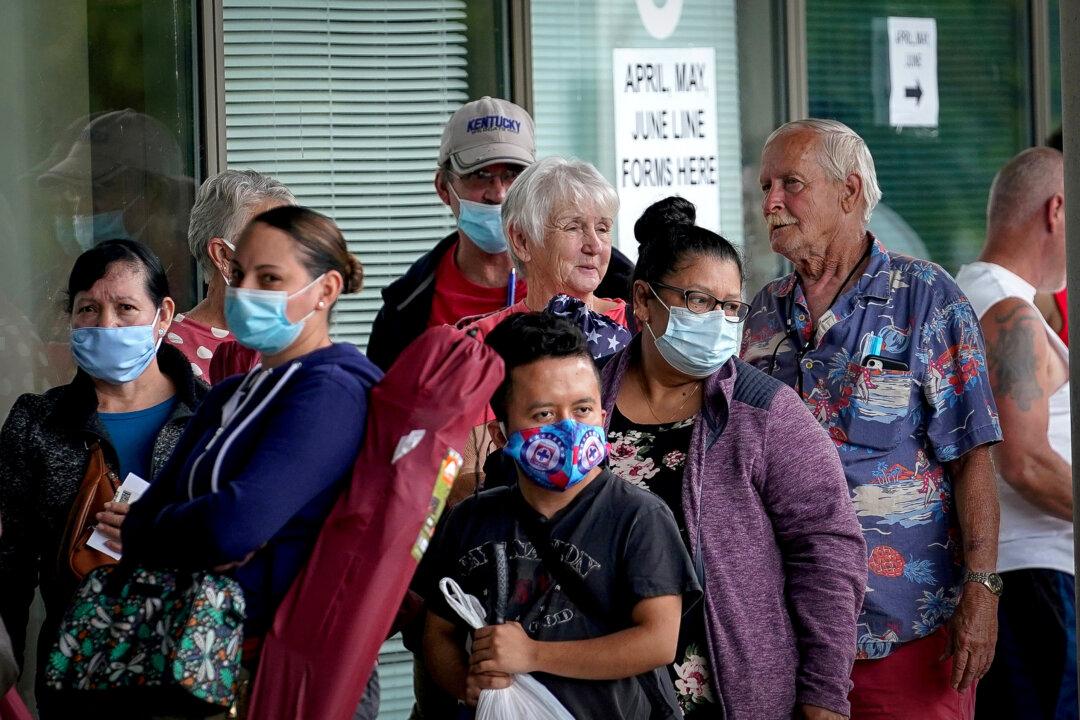Another 340,000 American workers filed for unemployment last week, a historically elevated number that nonetheless marked the lowest weekly level of jobless claims since the pandemic struck.
First-time filings for unemployment insurance, a proxy for layoffs, came in at 340,000 for the week ending Sept. 2, a drop of 14,000 from the previous week’s revised level of 354,000, the Labor Department said in a statement (pdf). This is the lowest weekly claims figure since March 14, 2020, when 256,000 people filed for unemployment.





